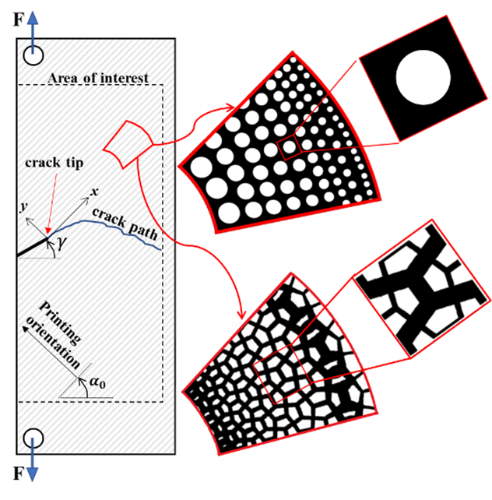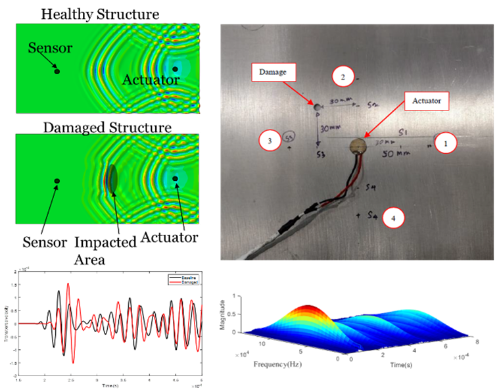


The use of materials having cellular structures is rapidly growing in various engineering applications ranging from biomedical to aerospace, civil, and automotive industries. If designed accurately, cellular structures can be both high strength and light weight. In contrast to a traditional uniform pattern of cells across a structure, optimal designs usually require a non-uniform grading of cells, called a functionally graded structure. Recent advances in additive manufacturing and computational techniques have enabled researchers to precisely build functionally graded cellular structures with complex patterns. The main goal of this research is to understand fracture mechanics near such critical areas in additively manufactured functionally graded cellular structures exposed to complex loading conditions. This fundamental understanding can then be integrated into next-generation design of engineered cellular structures with enhanced fracture resistance.

A number of wave types occur in elastic media:
Lamb Waves
Complexities in Lamb Waves
© Florida Institute of Technology, All Rights Reserved